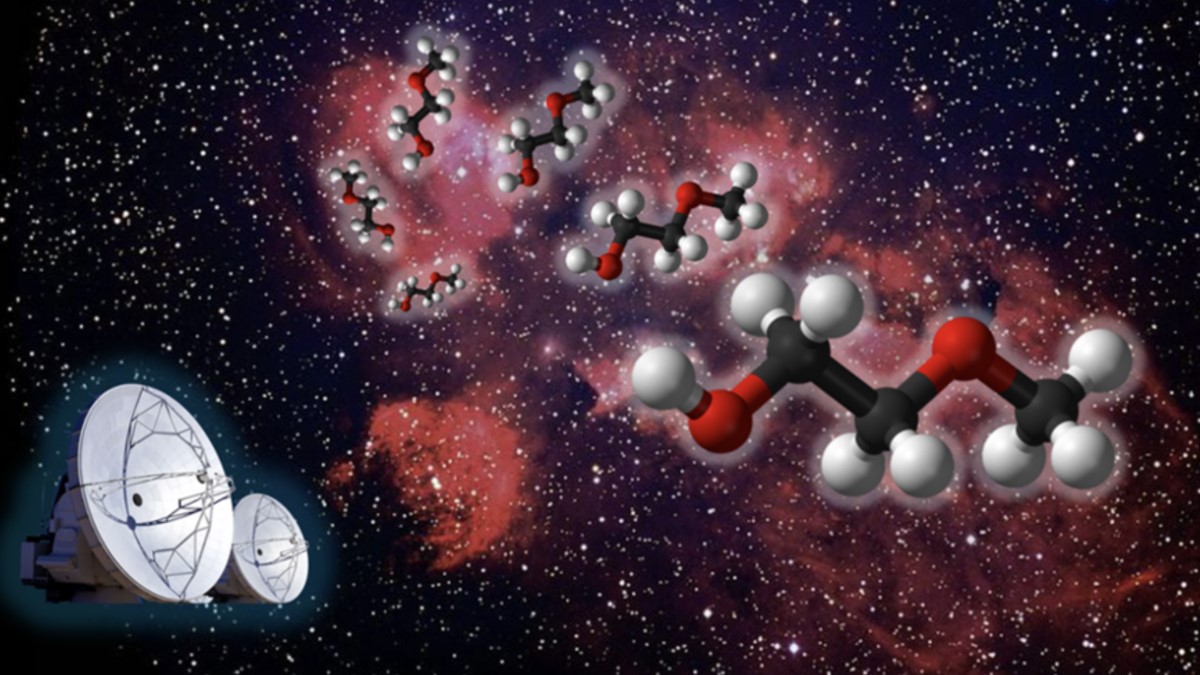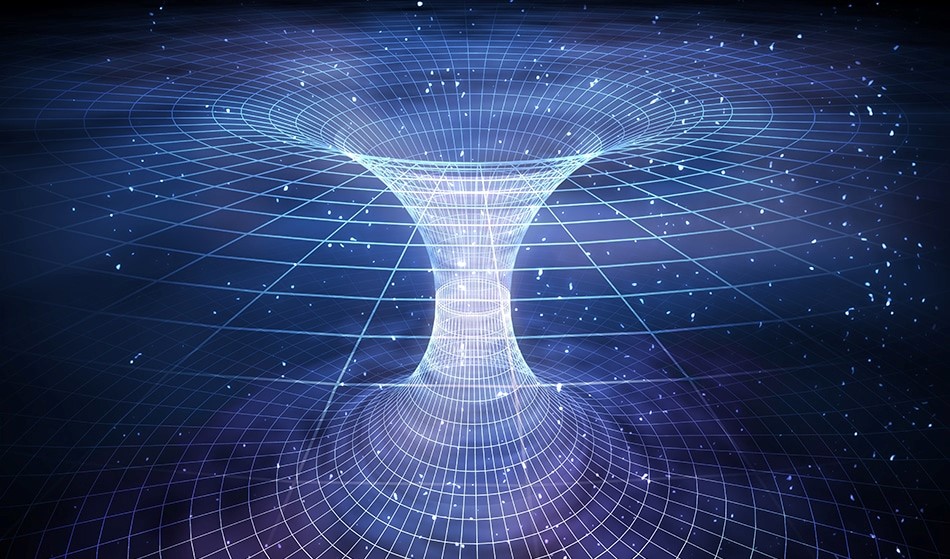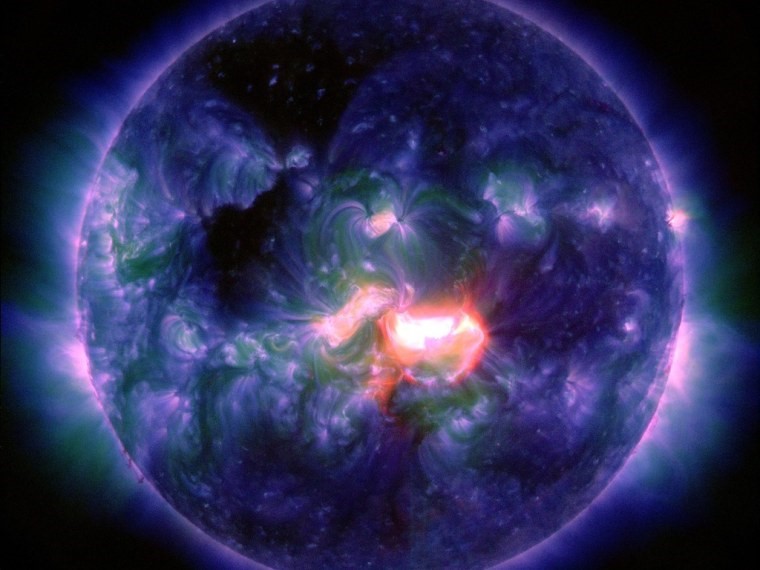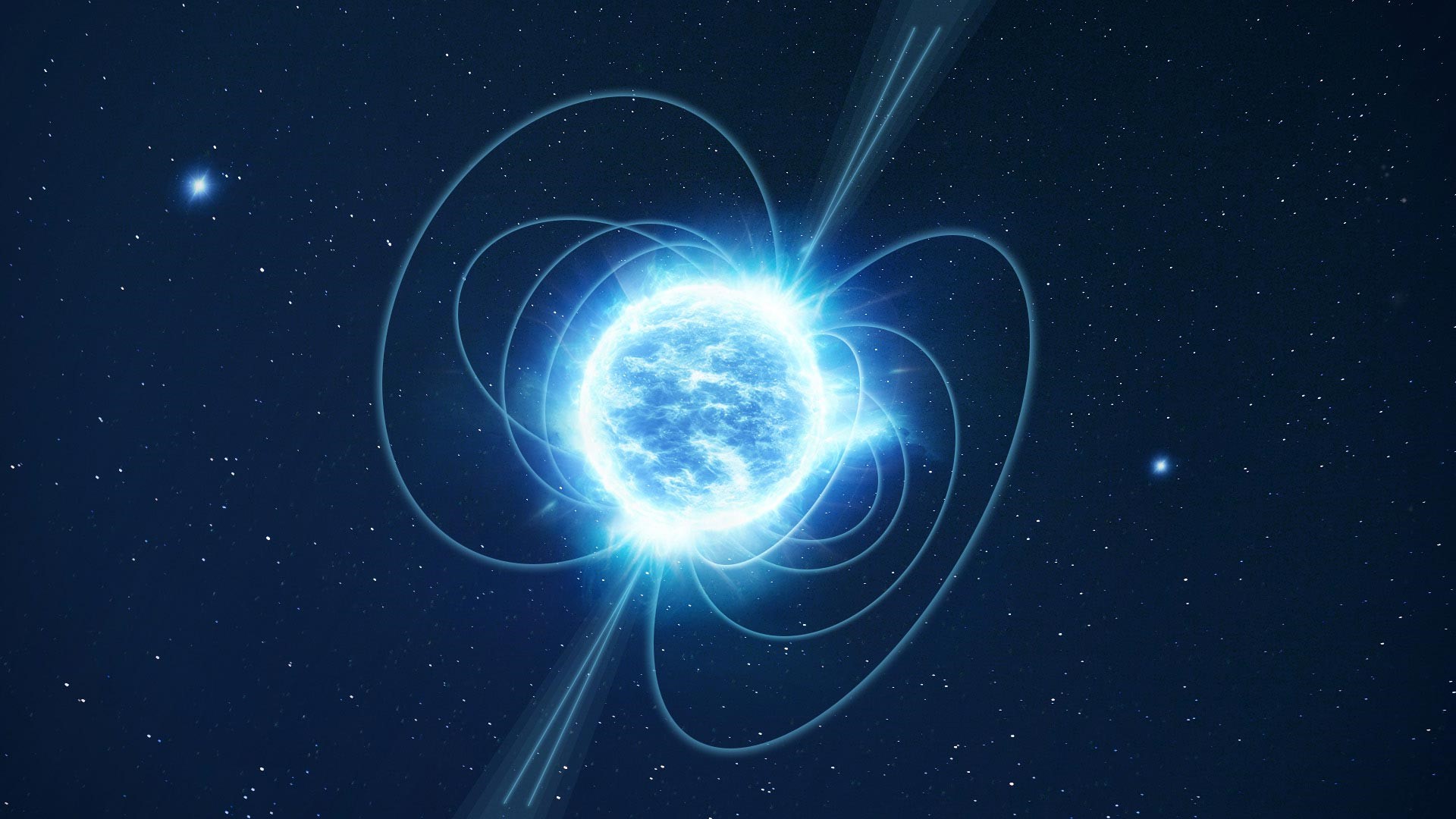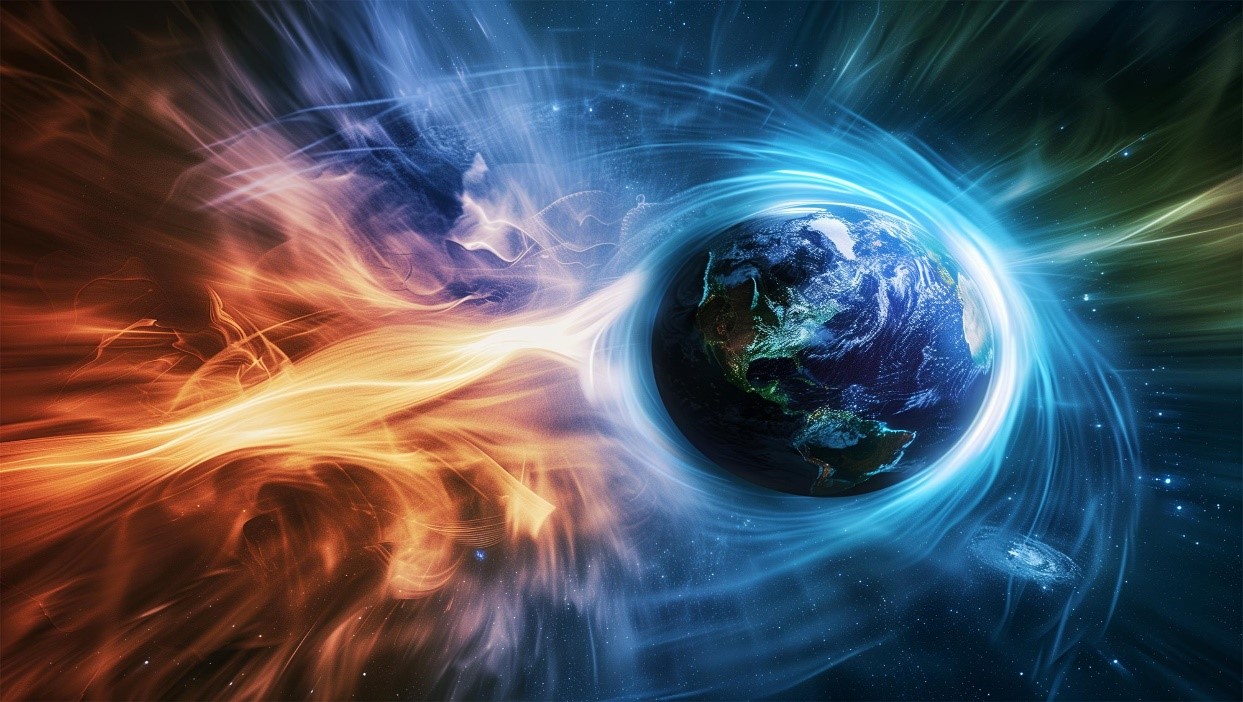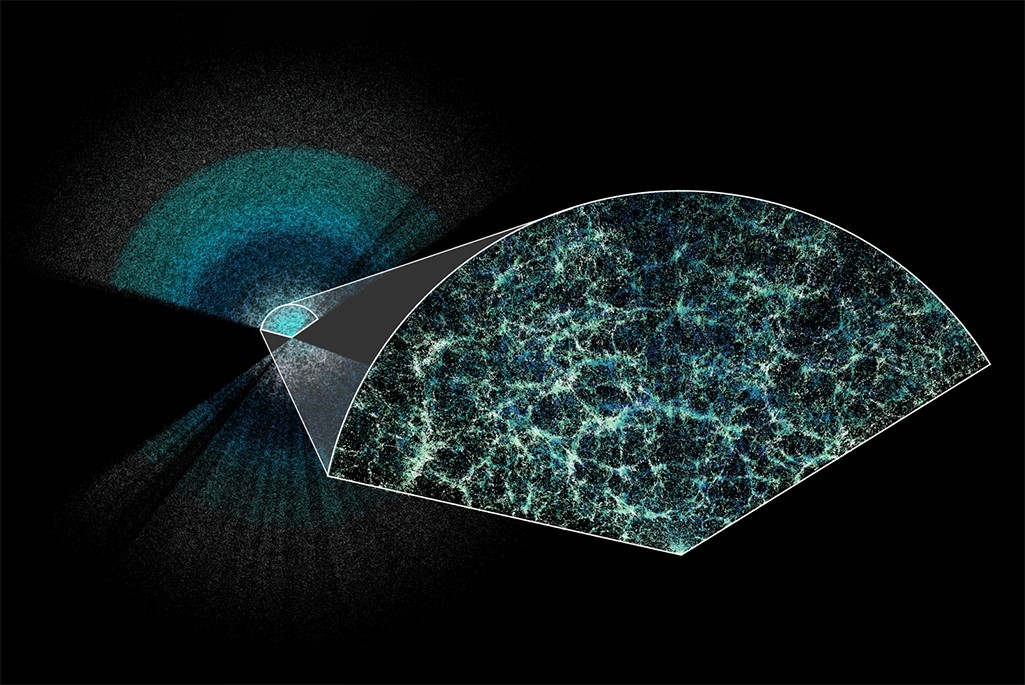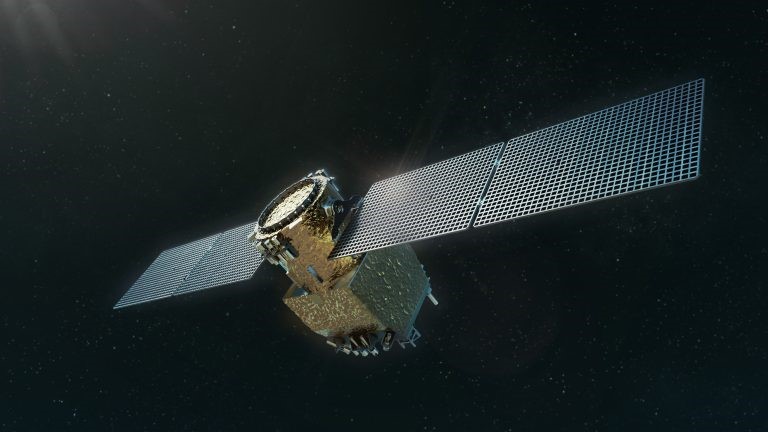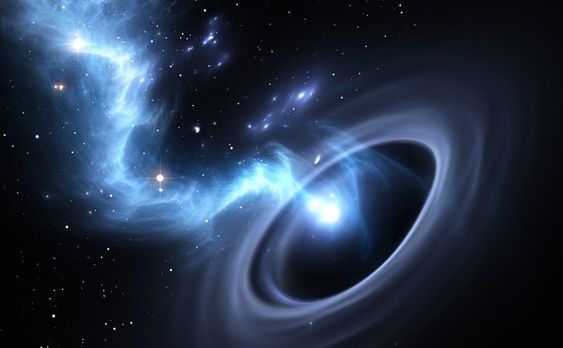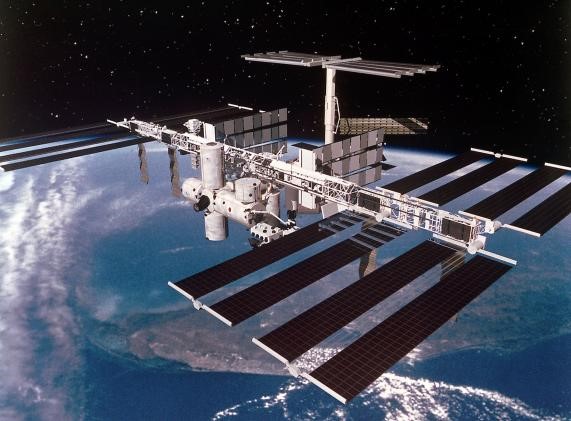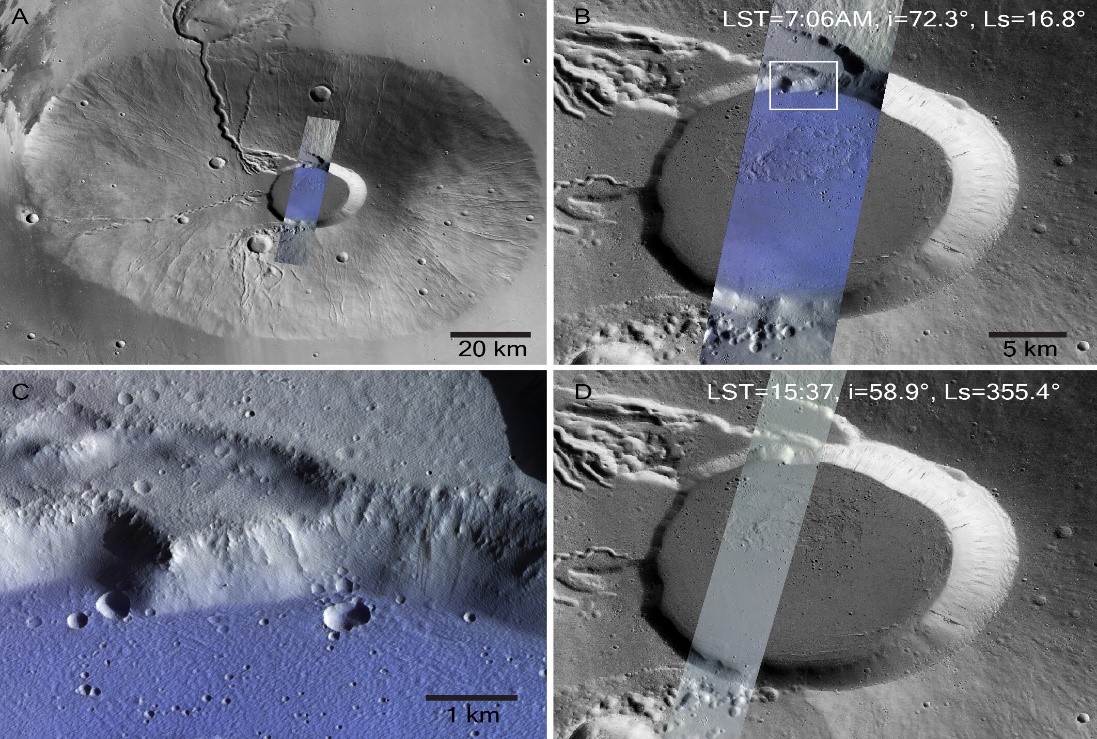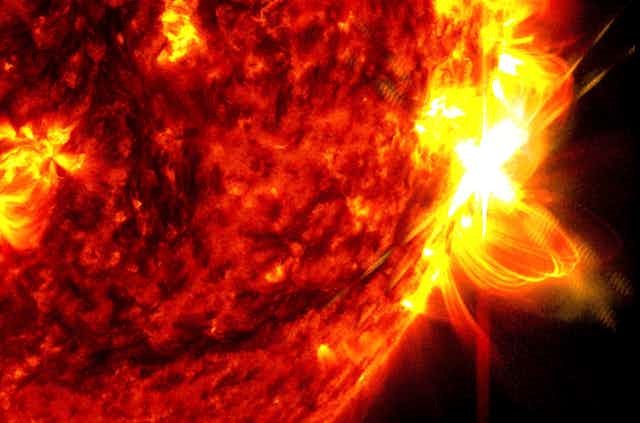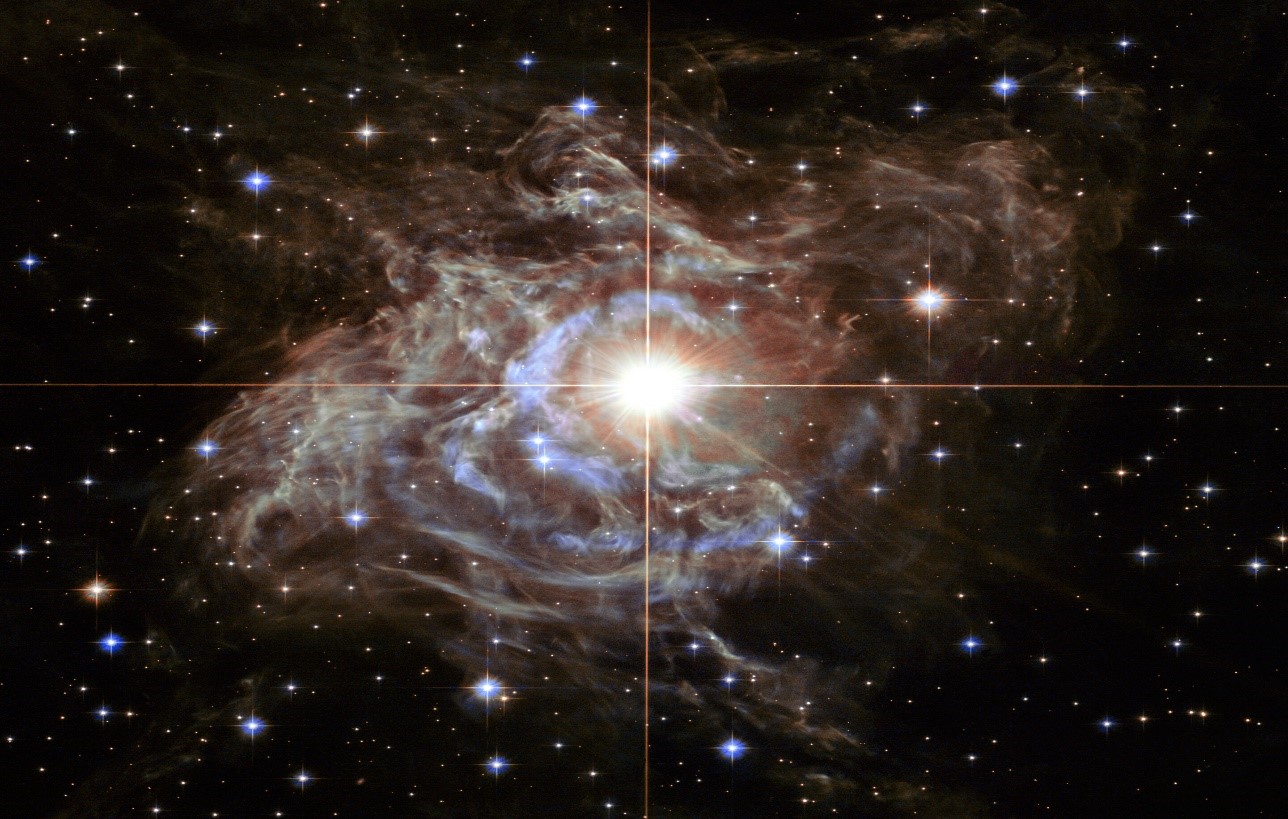How Many Moons and Moonmoons Could Fit into Earth's Orbit?
Earth is lagging behind other worlds with its single moon, so on this episode of Dead Planets Society, we are giving it more – and giving those moons moonmoons to orbit them. Dead Planets Society is a podcast that takes outlandish ideas about how to tinker with the cosmos – from snapping the moon in half to causing a gravitational wave apocalypse – and subjects them to the laws of physics to see how they fare. Listen on Apple, Spotify, or on our podcast page.
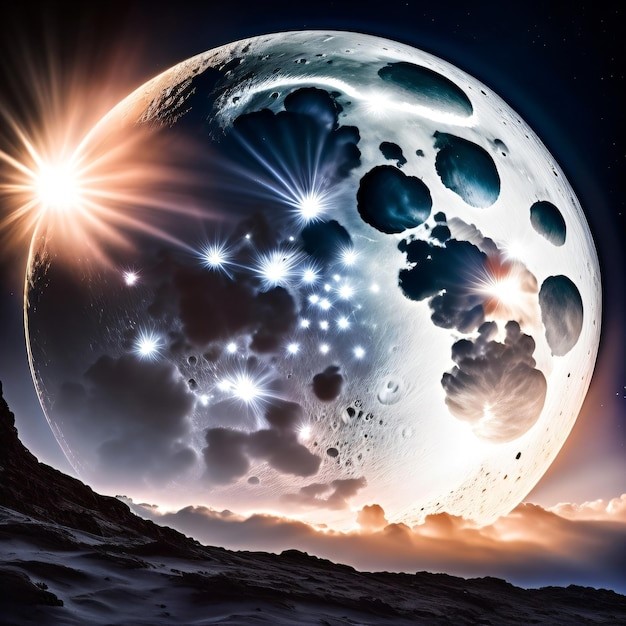
Figure 1. Moons and Moonmoons Could Fit into Earth's Orbit
Figure 1 shows Moons and Moonmoons Could Fit into Earth's Orbit. One moon simply isn’t enough. Earth only has one, while some other planets have many – Jupiter has 95 moons, putting our single shining cosmic partner to shame. In this episode of Dead Planets Society, it’s time to light up the night sky with as many moons as possible.
But it isn’t as easy as just chucking a bunch of rocks into orbit, so our hosts Leah Crane and Chelsea Whyte are joined by Sean Raymond from the University of Bordeaux in France to help with the particulars. He suggests we could construct a ring of 10 moons orbiting Earth, each in a different phase, causing strange little eclipses as they march around the planet.
And it isn’t just moons: in 2018, Raymond and Juna Kollmeier at Carnegie Observatories in California found it is theoretically possible for Earth’s moon to have its own orbiting satellite, dubbed a moonmoon. Such a thing might not be stable due to gravitational anomalies present in our moon, so our hosts are adding a gargantuan immersion blender to their cosmic toolbelt to smooth things out. Once things are sorted, there could be moonmoons and even moonmoonmoons lighting up the night sky.
The moon is bright because it reflects sunlight, and these new moons could be the perfect places to install a series of huge solar panels – unobstructed by the atmosphere and clouds that plague Earth’s surface. They would also be so bright it would probably be impossible to ever see the stars from Earth’s surface, but that’s a relatively small detail.
The bigger problem arises: the more complex and crowded the orbits become, the greater the risk of these moons and moonmoons smashing together. This scenario could potentially give our planet beautiful rings akin to Saturn’s, but it also poses a significant threat to life on Earth.
Source:New Scientist
Cite this article:
Janani R (2024), How Many Moons and Moonmoons Could Fit into Earth's Orbit?, AnaTechMaz, pp.27


